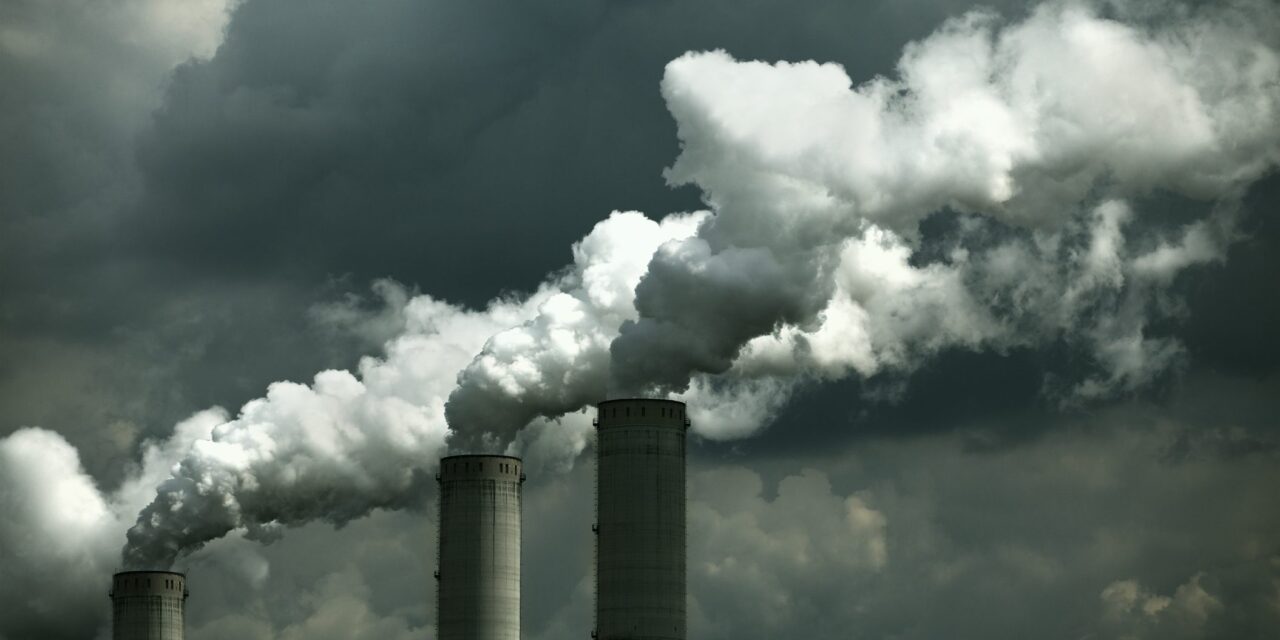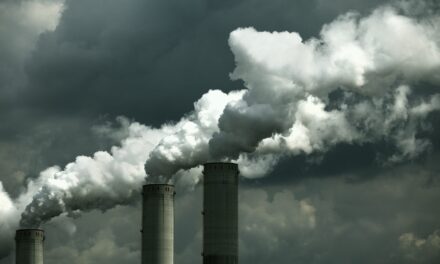Around 10 days ago, the UN Environment Program put out a media release about the latest climate science, clearly timed to contribute to the G20 meeting in Pittsburgh.
The media release announced findings from the Climate Change Science Compendium 2009, which reviews 400 major scientific works on earth systems and climate released through peer-reviewed literature or from research institutions over the last three years, since the close of research for consideration by the IPCC Fourth Assessment Report, the current global scientific benchmark.
Amazingly, 10 days later, Google shows that there have been only 68 media mentions of the Compendium from the whole world – and some of them are derisory comments from sceptics.
This is amazing because the Compendium shows that the observed reality of climate change is unfolding at or above the most pessimistic projections of the IPCC, and events such as glacier and ice sheet melting are exceeding predictions.
Amongst the significant points:
- Losses of tropical and temperate mountain glaciers affect perhaps 20 percent to 25 percent of the global human population in terms of drinking water, irrigation and hydro-power.
- The growth in carbon dioxide emissions from energy and industry has exceeded even the most fossil-fuel intensive scenario developed by the IPCC at the end of the 1990s. Global emissions were growing by 1.1 percent each year from 1990-1999 and this accelerated to 3.5 percent per year from 2000-2007.
- Growth of the global economy in the early 2000s and an increase in its carbon intensity (emissions per unit of growth), combined with a decrease in the capacity of ecosystems on land and the oceans to act as carbon “sinks”, have led to a rapid increase in the concentrations of carbon dioxide in the atmosphere. This has contributed to sooner-than-expected impacts including faster sea-level rise, ocean acidification, melting Arctic sea ice, warming of polar land masses, freshening of ocean currents and shifts in the circulation patterns of the oceans and atmosphere.
- Until the summer of 2007, most models projected an ice-free September for the Arctic Ocean towards the end of the current century. Reconsideration based on current trends has led to speculation that this could occur as soon as 2030.
Why has this major scientific summary gained so little attention?




